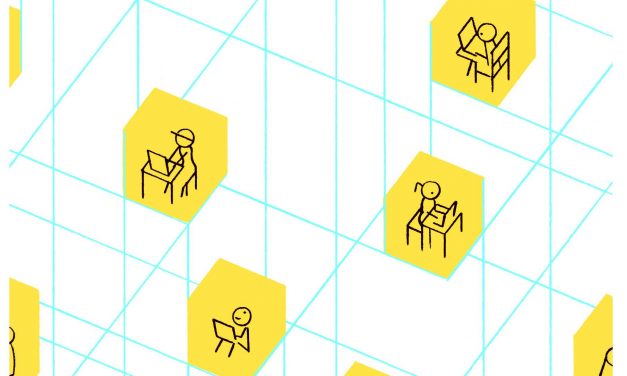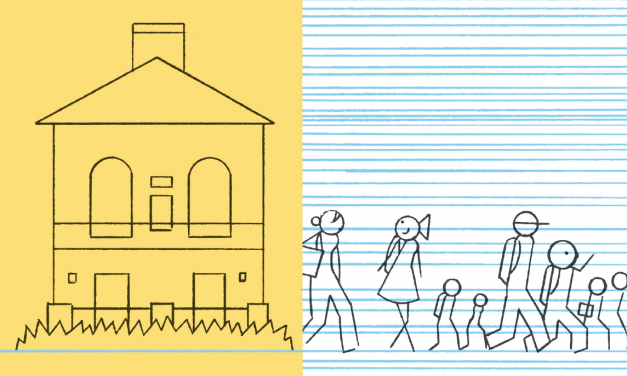
A Different Kind of Classroom
– As Milton shifted to remote learning last spring, History Teacher Katharine Millet ’00 and her students discovered new ways of teaching, learning, and remaining close. – “How likely is it that we will come back after spring break, Ms. Millet?” A student looked up at me from her seat at the Harkness table—curious, but not worried. “I don’t know,” I said,“but I suspect we will probably come back on time.” That was Monday, March 9, 2020. By Wednesday, the prospects looked more dire, and by Thursday night, the administration had made the decision to start spring break a...
Read More





